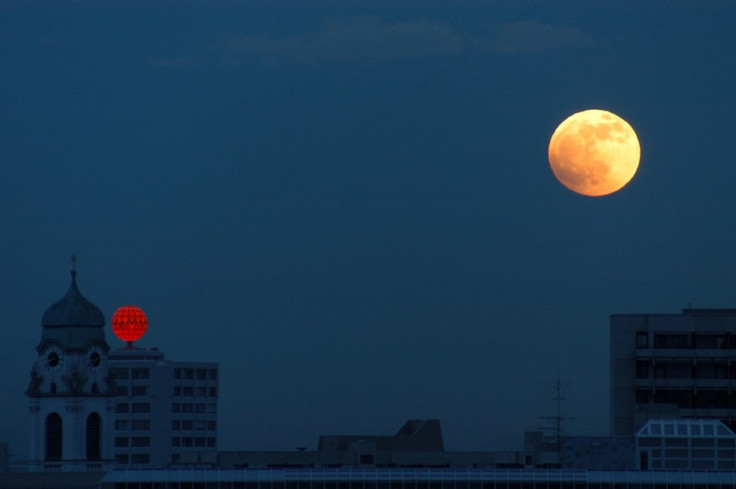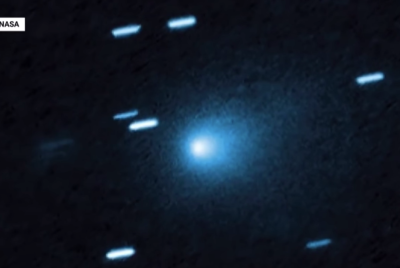Penumbral Lunar Eclipse 2013: Watch Moon in Earth's Shadow Live Online [VIDEO]

The penumbral lunar eclipse will see the moon cast into Earth's shadow tonight (18 October) for the last time of the year.
People wishing to watch the celestial event, which will see the moon turn darker and redder, can head out to watch the night skies or sit and view it online from the comfort of their own homes.
Space tracking service SLOOH will be broadcasting the penumbral lunar eclipse live through its robotic telescopes from the Canary Islands from around 11pm GMT.
The October full moon will become dimmer and lose part of its southern rim as the Sun and Earth align, consigning the moon into our planet's shadowy penumbra.
According to National Geographic, Bob Berman, an astronomer and columnist with Astronomy magazine, said: "Penumbral lunar eclipses are the most subtle of all eclipses, but SLOOH can use techniques to bring out the shadow and reveal that something is indeed happening.
"Eclipses have always caught the fancy of the public ... They inspire fear, awe, superstition, you name it."
SLOOH has said it will broadcast the entire penumbral lunar eclipse, which should last for a few hours, and will provide explanations about various lunar cycles and eclipses.
What is a penumbral lunar eclipse?
A penumbral lunar eclipse takes place when the Sun, Earth and moon align so the moon is hidden in the planet's penumbra - the outer portion of the shadowy area behind Earth. A total penumbral eclipse is very rare and occurs when the moon sits directly behind Earth. During partial eclipses, the moon gets darker and redder.
Where can you see it?
The penumbral eclipse will be visible everywhere that it is night when the eclipse takes place, as long as the skies are clear of cloud. The October penumbra eclipse will be best visible in Europe, as this is where the night sky will be darkest when it happens, at around midnight GMT.
Along with Europe, the eclipse will be visible in South America, Africa and in Asia at dawn on 19 October.
When will it happen?
The eclipse will last for just over four hours starting at 9.45pm (GMT). It will be best visible at just before midnight.
When is the next one?
Normally between two and four penumbral lunar eclipses take place every year. Then next one is expected on 15 April next year.
© Copyright IBTimes 2025. All rights reserved.





















